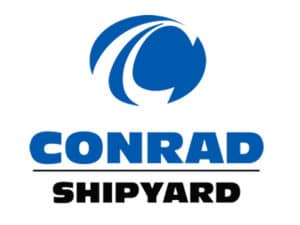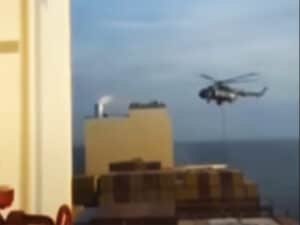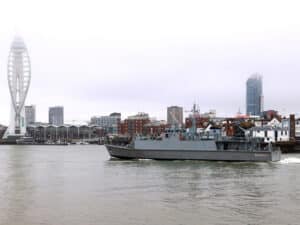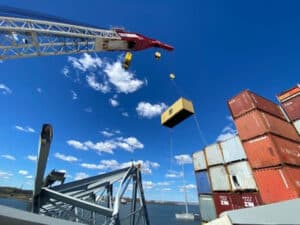
UK Club leaflet shows how to cut risks of shipboard slips and falls
Written by Nick Blenkey The UK P&I Club is publishing a series of “Risk Focus” booklets that highlight specific areas of risk. This month (April) sees the publication of the first: “Risk Focus: Slips, trips and falls.”
The UK P&I Club is publishing a series of “Risk Focus” booklets that highlight specific areas of risk. This month (April) sees the publication of the first: “Risk Focus: Slips, trips and falls.”
The series follows the launch of the UK Club’s Bow Tie loss prevention initiative in January 2012. The initiative involves
surveyors visiting ships and, together with the managers and crew, producing Bow Tie charts specific to individual vessels that identify areas of risk and that suggest how such risks might be mitigated.
Extensive analysis of previous incidents over a period of 23 years has enabled the UK Club to identify “threats,” “consequences” and “controls.” These are the foundations of developing reports on specific vessels.
The club’s Risk Prevention Director, Karl Lumbers, estimates that , in total,it has identified seven primary risk hazards, 76 common threats that, if not contained, could cause an incident and 450 controls that need to be in place and effective if the threats are to be contained.

“Risk Focus: Slips, trips and falls” is in effect the first in a series of new Risk Focus publications although in October 2010, the Club published ‘Risk Focus: Moorings’ as a one-off publication that reflected concerns about the increasing numbers of serious incidents occurring during mooring activities.
Mr. Lumbers says that slips, trips and falls represent nearly one in three of the large personal injury claims submitted to the UK Club and have amounted to a staggering $155 million over the past ten years:
“They are constant too with very little variation in numbers of claims from year to year,” he says. “They are important because they represent genuine pain and suffering from people who have been injured or even killed because they have slipped, tripped or fallen aboard ship. It is not simply a matter of money, squashed metal or damaged ships as encountered in other sorts of claim.”
Many of these claims are caused by a moment of carelessness, thoughtlessness or complacency as people have moved around a ship, possibly doing their jobs, or even just because the ship is not only their place of work but where they live. Although is easy to dismiss these accidents as “human error” or even “crew negligence,” examining the detail of so many of them, reveals other contributors to the chain of causation. Training may have been deficient or even completely missing as there is often an assumption that people “can look after themselves” and must take responsibility for their own actions.
Mr. Lumbers says, “The environment, which is mostly a function of design, may well have been a contributor: if there was inadequate lighting, if the dangers were not obvious, or the particular design of the ship required people to put themselves in hazardous situations just to get the job done. Visitors to the ship unfamiliar with the layout of the vessel are especially vulnerable.”
“Because of the huge costs of these claims and because of the human suffering represented by each of them,” says Mr. Lumbers, we strongly believe that a concerted attack must be made on the incidence of slips, trip and falls. We need to understand better the reasons behind the existence of these hazards so that we can put in place controls that will hopefully prevent accidents occurring, but will also mitigate their consequences when they do.”
The Bow Tie project has already shown that a proactive and precautionary approach can be very useful and in this case should enable the club to reduce the incidence of slips, trips and falls, first by identifying hazards which have the potential to harm.
Very often accidents occur because nobody has considered that what they are doing might be hazardous.
Mr Lumbers explains: “Just walking around the ship with a sharp eye and an open mind can help to identify features which might, in an unguarded moment, hurt people. It is often not the obvious like working at height or with machinery that will cause the accidents because an experienced seafarer will probably be taking the proper precautions and will be adequately clad, with procedural controls in place. Rather, just moving around the ship, going up and down companionways and ladders, carrying weights or neglecting to keep ‘one hand for the ship and one for yourself’ are frequently behind very nasty accidents.”
Download the booklet here:
April 18, 2012





Leave a Reply
You must be logged in to post a comment.